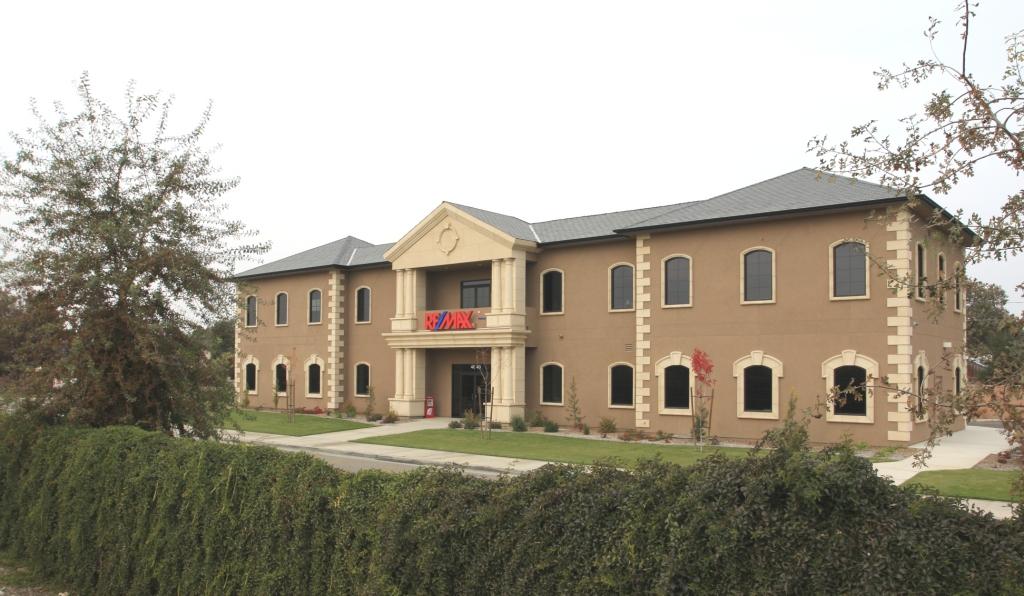Visalia homeowners whose homes were not in a flood zone under the previous FEMA map but find themselves now in a flood zone due to FEMA's changes to the Visalia flood zones can find relief. This also helps home buyers and sellers who are considering a purchase or sale of a home that is in a flood zone that requires flood insurance. A property that meets the criteria may be eligible to receive flood insurance at a discounted rate if the property is grandfathered in, due to the previous flood zone not having required flood insurance.
President Obama on Friday signed HR 5569, the National Flood Insurance Program Extension Act of 2010, funding the program through Sept. 30, 2010. The bill is retroactive and covers from June 1, 2010 to the date of enactment of the extension. Flood insurance is required for mortgages on properties in the 100-year floodplain. Congress has allowed the program to lapse three times this year, forcing many real estate transactions to be placed on hold and, in some instances, canceled.
 U.S. homebuyers who are eligible for a Homebuyer Tax Credit have until Sept. 30 to close the transaction and receive the credit.
U.S. homebuyers who are eligible for a Homebuyer Tax Credit have until Sept. 30 to close the transaction and receive the credit.







 On tax day it seemed fitting to post information on how you can save money on taxes! Here is an article from C.A.R. (California Association of Realtors®) Legal Update that I received today about the California State Tax Credit. As always, I encourage you to seek specific advice from an accountant or tax professional regarding qualifying for this tax credit and other real estate related tax issues.
On tax day it seemed fitting to post information on how you can save money on taxes! Here is an article from C.A.R. (California Association of Realtors®) Legal Update that I received today about the California State Tax Credit. As always, I encourage you to seek specific advice from an accountant or tax professional regarding qualifying for this tax credit and other real estate related tax issues.
 As part of its plan to stimulate the U.S. housing market and address the economic challenges facing our nation, Congress has passed new legislation that:
As part of its plan to stimulate the U.S. housing market and address the economic challenges facing our nation, Congress has passed new legislation that: The Federal Government continues to provide incentives to
The Federal Government continues to provide incentives to
 You know spring has sprung when you have the desire to do some spring cleaning! Spring is also a great time of the year to take care of home maintenance items that will help keep your home in great condition. Utilize the list below to keep both the structure and mechanical parts of your home in tip top shape.
You know spring has sprung when you have the desire to do some spring cleaning! Spring is also a great time of the year to take care of home maintenance items that will help keep your home in great condition. Utilize the list below to keep both the structure and mechanical parts of your home in tip top shape.





 The government is expected to unveil a new program in the next
The government is expected to unveil a new program in the next
